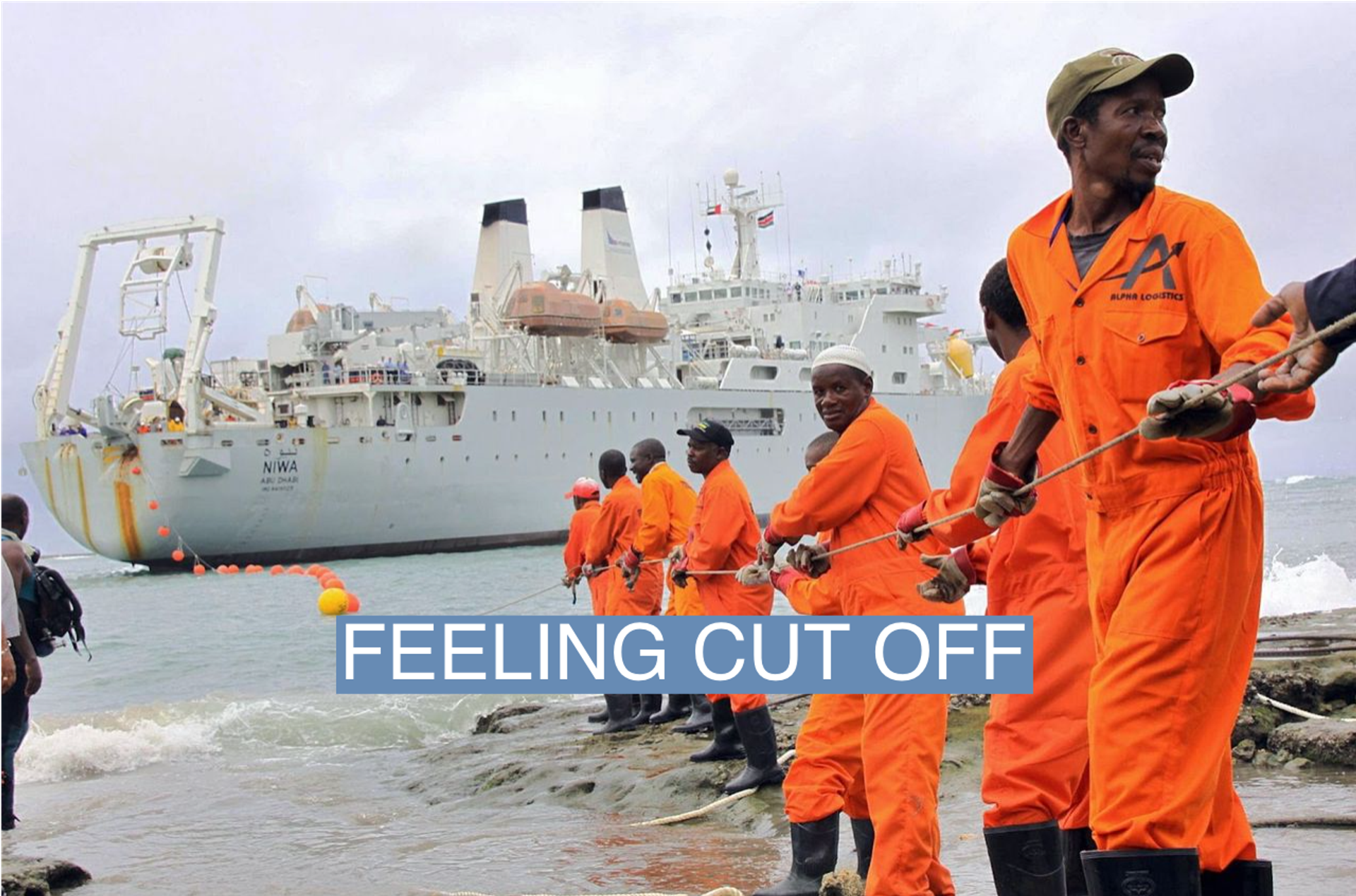The News
Undersea cable companies that extend internet services to West and Central Africa estimate that it could take five weeks to repair damages to their facilities noticed last week.
Widespread internet outages in Nigeria, Ghana, Senegal and Côte d’Ivoire were reported on Mar. 14, making many websites unavailable and disrupting online banking operations. Some of the difficulties have eased in the days since but a weeks-long timeline for fixing the cause means internet access will remain spotty.
Ghana’s National Communications Authority said the five-week estimate is “for full service restoration from the time the vessels are dispatched to the various locations.” The regulator said it met with the four leading cable landing service providers: Africa Coast to Europe (ACE), MainOne, South Atlantic 3, and the West Africa Cable System (WACS).
Nigeria-based MainOne, whose cable services are also active in Ghana and Côte d’Ivoire, said it restored “stability” on its network on Monday (Mar. 18), after rerouting traffic over the weekend to other cables that were unaffected. It had described the event as “an external incident that resulted in a cut” along its cable lines off the West African coast. The exact nature of the incident is yet to be confirmed in detail.
In this article:
Know More
Cables laid deep in the ocean underpin the wireless internet world, carrying data across continents through connected landing stations and data centers. Google and Meta have in recent years become the biggest names in the business of laying these fiber optic cables in Africa, as part of their investment and product expansion drives in the continent.
Glo-1, a cable provided by Nigerian telecoms company Globacom, was not affected by last week’s incident. 2Africa, the 45,000km cable being deployed by a Meta-led consortium which landed in Nigeria and Ghana last month, was also not named as one of those affected. Access to WhatsApp, Instagram and Facebook apps owned by Meta remained normal in both Nigeria and Ghana.
Google’s services, including the search engine and YouTube, have also remained normally available. Its $1 billion Equiano cable is present in Nigeria, Togo and Namibia. Seacom, a cable company that focuses on East and Southern Africa, said it rerouted its traffic to Equiano after the disruption.
Step Back
Faults along undersea cable lines serving Africa are not new. The WACS cable reported two breaks in the first half of 2020, while the ACE line’s break in 2018 resulted in a total internet blackout in Mauritania for two days. ACE had been Mauritania’s sole submarine cable connection but plans have since been launched for a second connection. The European Investment Bank is providing majority funding for a new €35 million cable.
The View From Ghana
Bright Simons, a researcher with the IMANI Center for Policy and Education in Ghana, says the ongoing episode shows Africa’s digital economy is “quite fragile,” raising questions about submarine cable capacity and the efficiency of policymakers’ crisis response plans.
“Despite a significant increase in the number of cables from the early 2000s, when there was just one, Africa still has just a little more than 5% of the world’s submarine cables,” Simons told Semafor Africa. It makes it difficult to reroute traffic to less burdened facilities when multiple faults occur, he said.
However, the relative recovery speeds between countries — faster in Sierra Leone where there is one cable landing company, compared to five in Ghana — should lead policymakers and the private sector to treat national connectivity infrastructure “as an integrated system with clear design principles around continuity and disaster recovery,” Simons said. It is a lesson in Africa’s need for interoperable data centers if the digital economy is to be resilient, he said.
